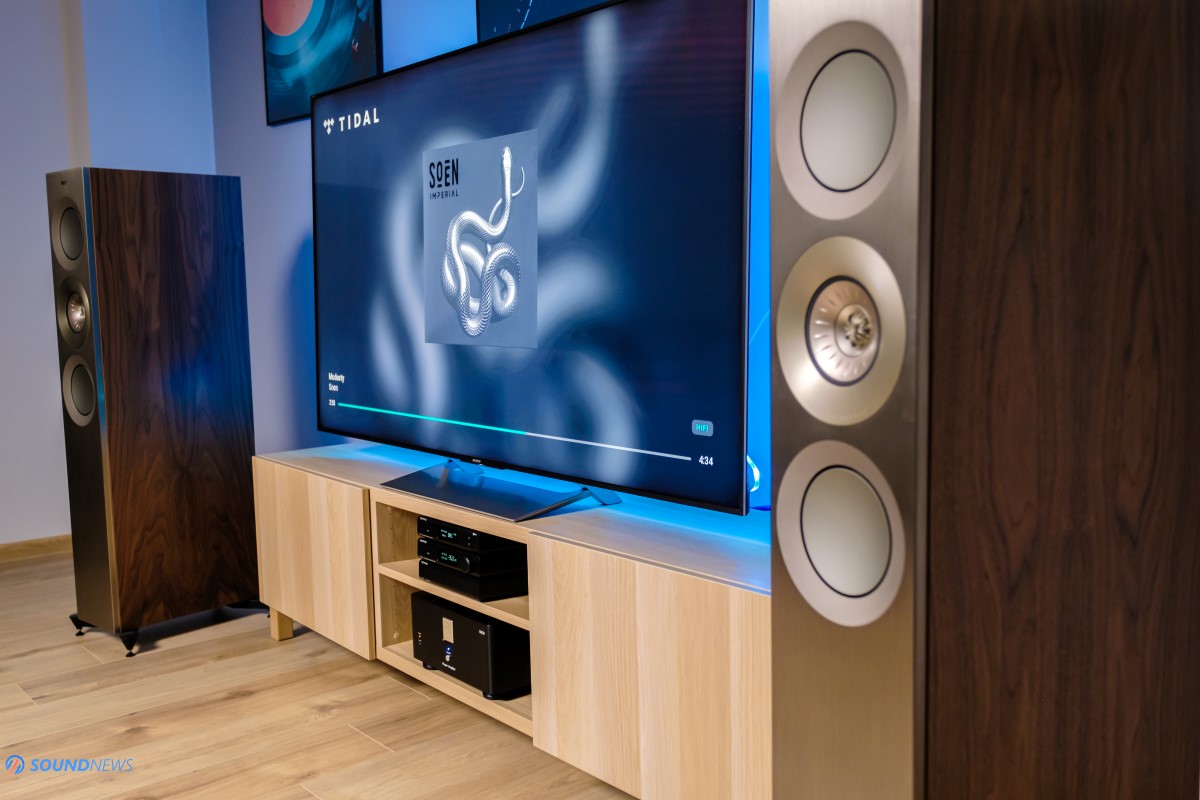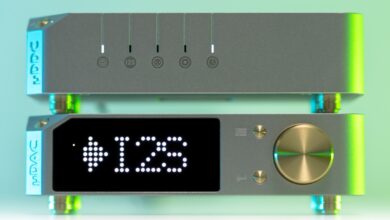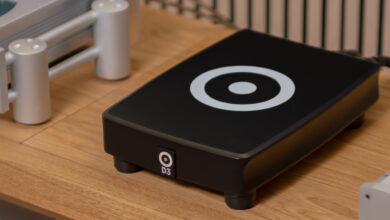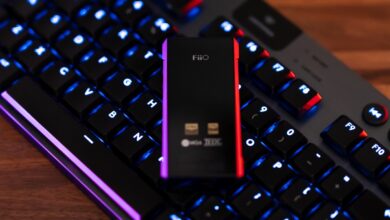Topping Pre90 + Ext90 Review – Pre-amp my Power-amp!
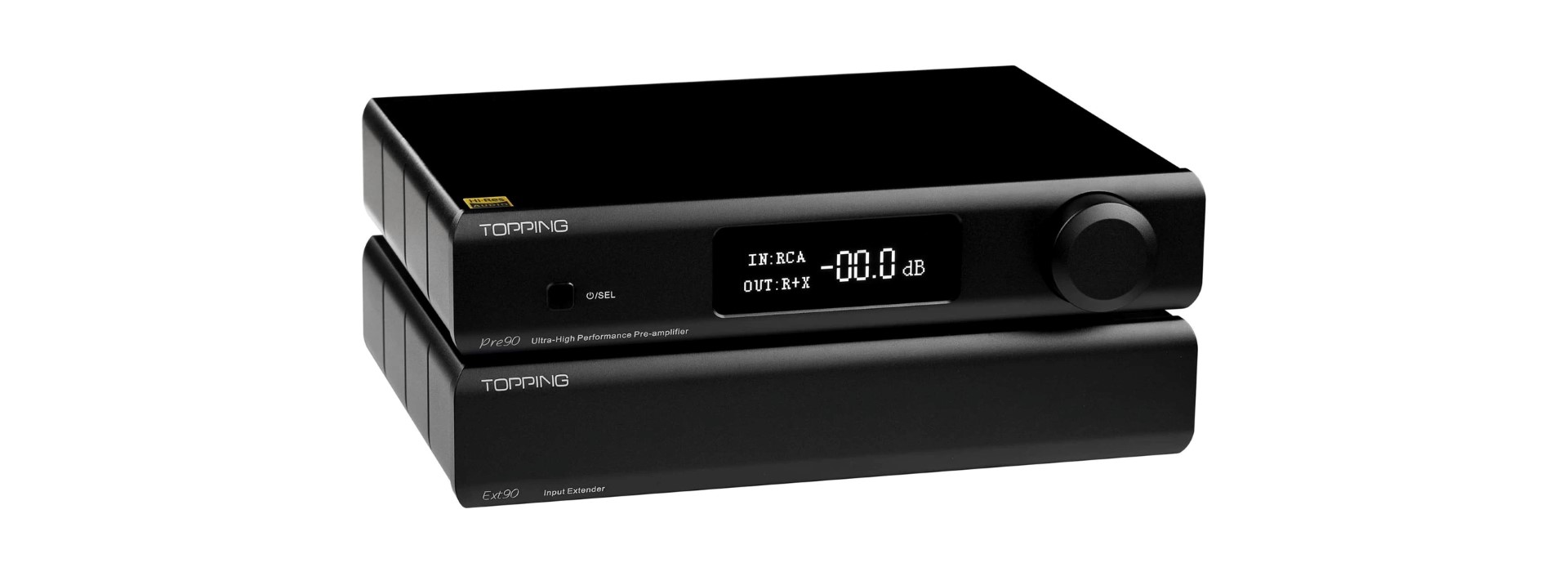
My Video Review:
Hey folks. Today I will be writing about the biggest unknowns of the Hi-Fi world: Preamps! But first, we should learn about them, how they really work and if you need one or not. Nowadays, almost nobody is discussing about them, yet we have them in most audio sources of today such as DACs, CD players, receivers, turntables and tape players. Undeniably, dedicated preamps are here for a reason, but what they really do? Can they do their job badly or can they elevate your listening experience to the next level? Do you really need one if you already have a DAC with a volume control? Great questions lads, I’ll try to answer all those question marks today.
A preamp is a pre-amplifier and it is designed to amplify the weaker analog signal that is coming from your source by making it louder – by raising the voltage and prepare it for the next stage – for a power amplifier that follows. Pre-amplifiers are designed to have a very low output impedance in order to preserve the frequency response in its fullest. Power amplifiers don’t like very high-impedance signals coming into them, as they will need to work harder increasing the Total-Harmonic-Distortion, just to achieve the same SPL.
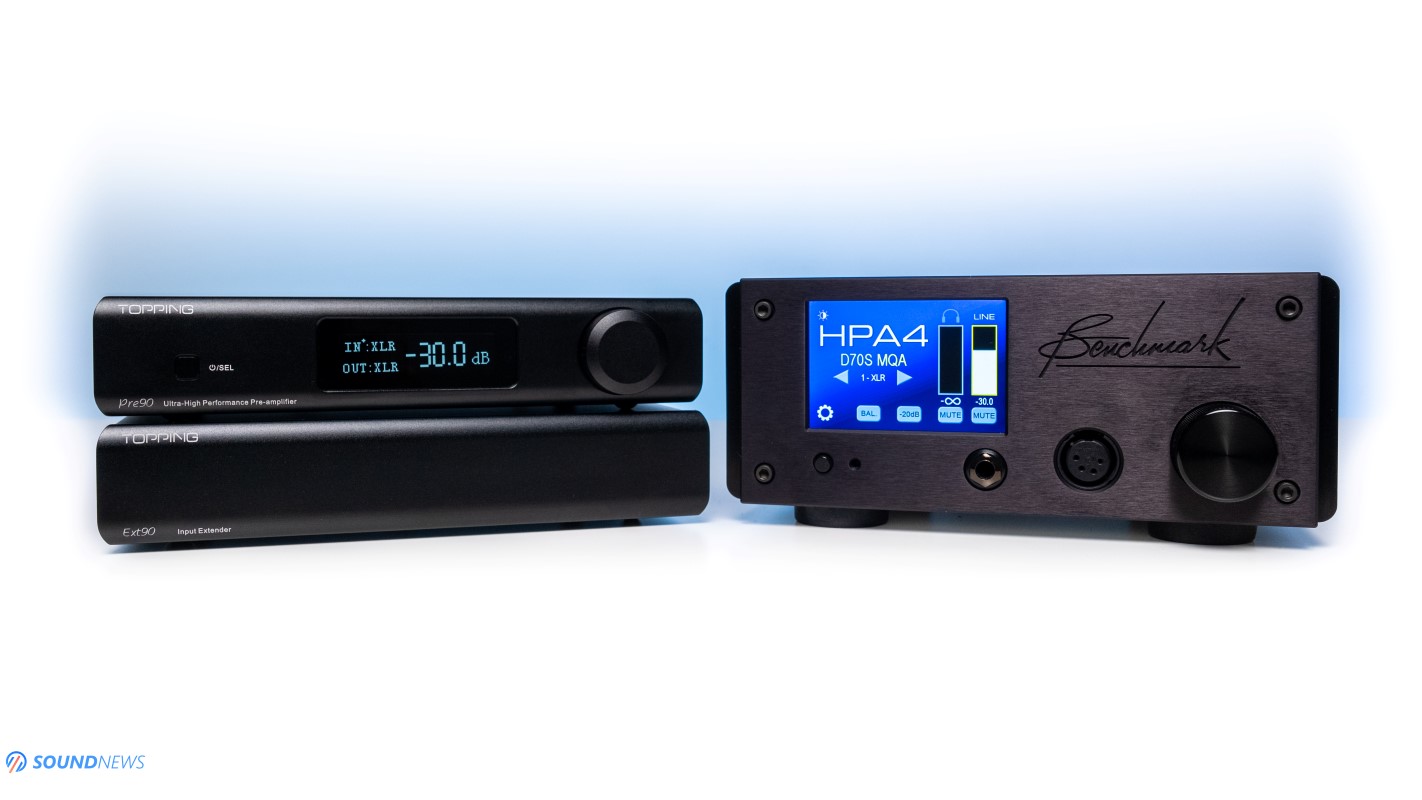
A pre-amplifier can start its life as a simple volume control for you analog or digital source, usually that is called a passive pre-amplifier. Older pre-amplifiers are somewhat more interesting to the modern ones, as they usually have tone controls (bass, mid and treble controls) low-pass filters so you could integrate a sub-woofer, even high-pass filters and other functions like muting, dimming, stereo to mono conversion. The more features a pre-amplifier is having, the longer the signal path would be, resulting in a less-clean, less transparent signal. Hence, modern preamps don’t have any of that. You should also know that the companies behind their preamps might have different philosophies altogether, one might want to color your sound, by the help of tubes or discrete transistors, while others don’t want to color the sound in any way and leave it as clean as possible. I am already using such type a preamp for the last two years or so by the name of Benchmark HPA4. Very recently, it got some serious competition from the East, as Topping just released their Pre90 preamp that costs $600 and an input extender for it by the name of Ext90 at $250. I was given the honors for world-premiere reviews, so let’s get this party started!
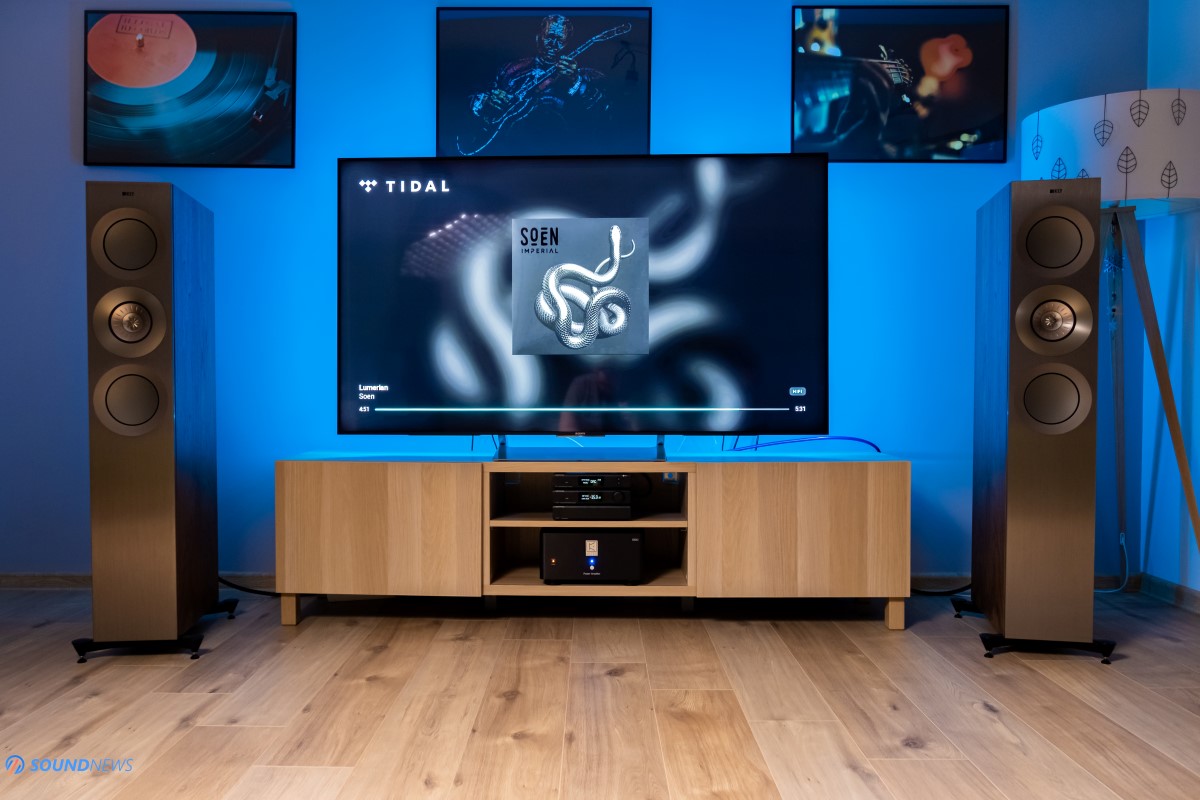
Package Contents
Both are coming in the same good old Topping matte-black boxes, the whole affair is double boxed for maximum protection. Pre90 is coming with a power cable, with a matte-black remote control, with a warranty card that doubles as a product catalogue and with a user manual which I recommend checking before powering on the unit. In typical Topping fashion, you’ll find plenty of measurements in the manual like frequency response, FFT spectrum, intermodulation distortion, signal-to-noise ratio and dynamic range. Pre90 package is coming with its own user manual and with a short umbilical cable that will help you connect both devices together. This is basically it, everything you need is already in the package, let’s check how they look next.
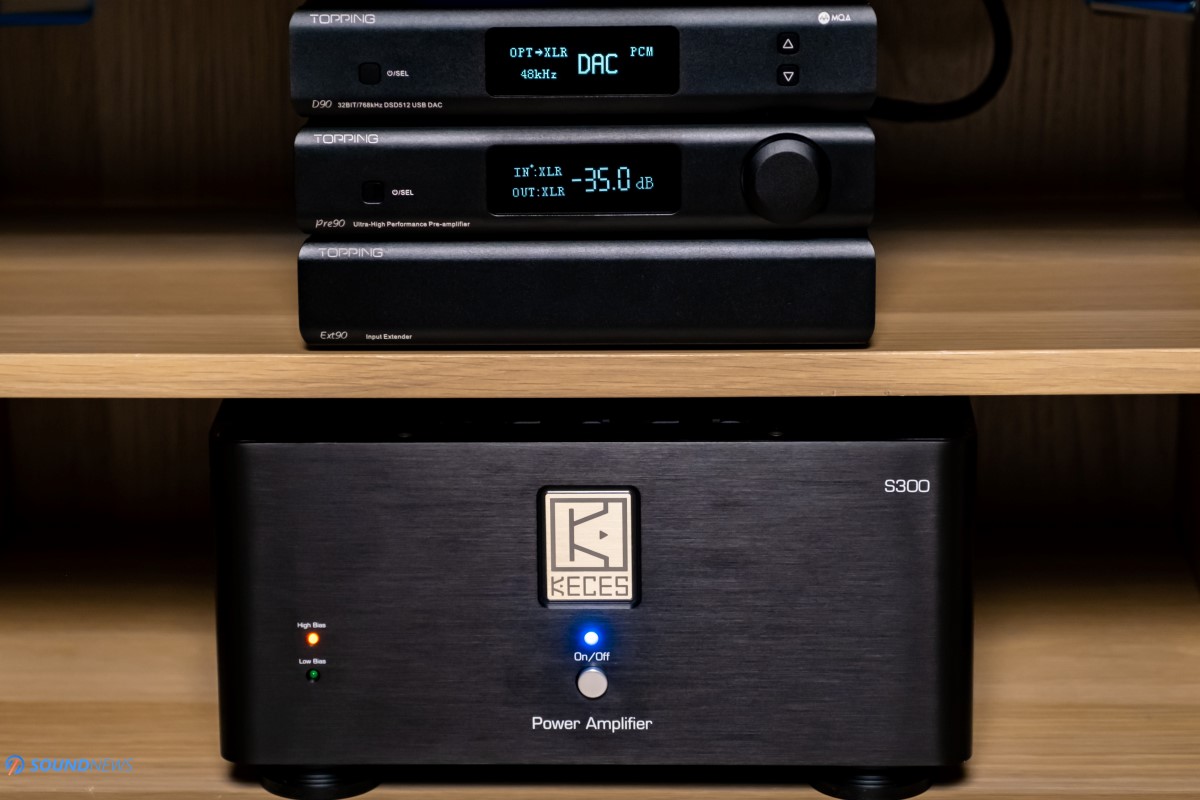
Design & Build Quality
Pre90 and Ext90 are using exactly the same cases of the DX7 Pro, D90 and D90 MQA units. I liked the small form factor and build quality of those units and the same can be said about today’s review units. They have a really small footprint, so you can easily integrate them into tight spaces, as office desks or tiny living rooms. The case and the front plate are rounded and pleasant to the touch, I like that its OLED monochrome display stays exactly in the middle. It actually looks exactly as a DX7 Pro without the headphone outputs on the left. Putting them under a D90 or DX7 Pro you’re getting a beautiful triple Topping stack, only a power amplifier is missing from the equation for a complete Topping Hi-Fi package and maybe that would happen sooner than later (hint, hint). CNC machining looks top notch, its anodizing surface seems to be scratch resistant and you shouldn’t worry too much while operating audio gear around it. Its silicon feet were placed in small cut-outs in the case itself, so no matter how often you drag it around your table with a DAC on top of it, those will always stay put. Forget about misaligned silicon feet as it usually happens with mid-fi components. Hiding all the screws on their back plates made them look classy and handsome. La pièce du résistance is definitely their uni-body cases, which has a simple front and back-plate attached to it, making them look expensive and nicely put together.
Topping is offering two color options for them: matte-black or matte-silver, I received them in black. At about ~1 Kg of weight each, I find them lightweight, easy to carry and move around, but lifting them up and closely inspecting both units, gives a sense of well-made products.
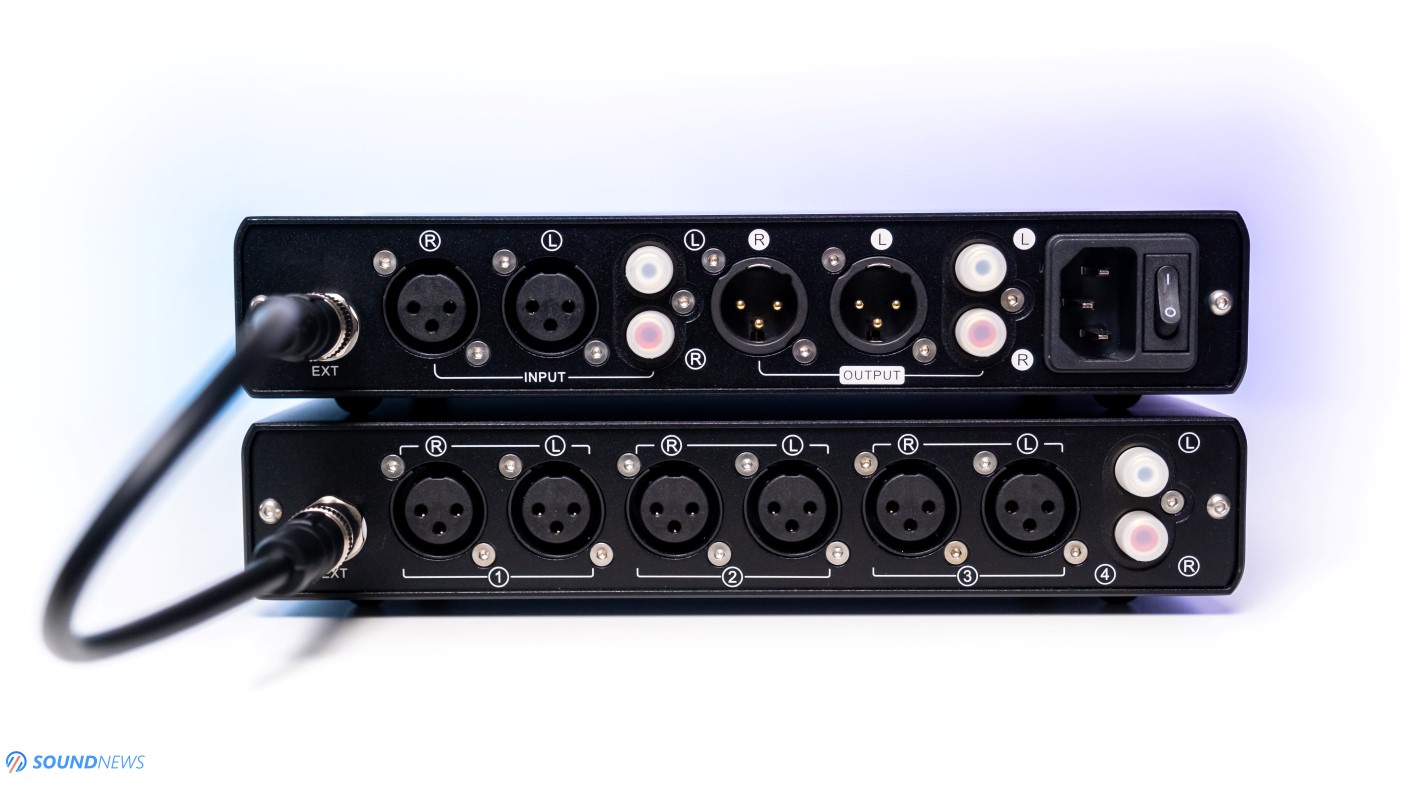
Controls & I/O
On the front plate of Pre90 you’ll find just a single On/Off button that also works as an analog input selector, in the middle there’s an monochrome OLED screen that offers great visibility in the dark and on the right you’ll find an advanced volume control based on high-performance analog relays.
On the back Pre90 will offer you a pair of RCA and XLR inputs and the same number of analog outputs. Ext90 adds another 3 pairs of XLR inputs and one pair of RCA inputs, totaling 4 XLR and 2 RCA pairs of analog inputs and a single RCA and XLR output. I’m extremely happy that Topping added multiple XLR inputs, it was my biggest wish, since I have multiple digital sources at my disposal. Sometimes I’m using 3 or 4 DACs and Ext90 is completely solving the problem of comparing 4 DACs in the same loudspeaker setup.
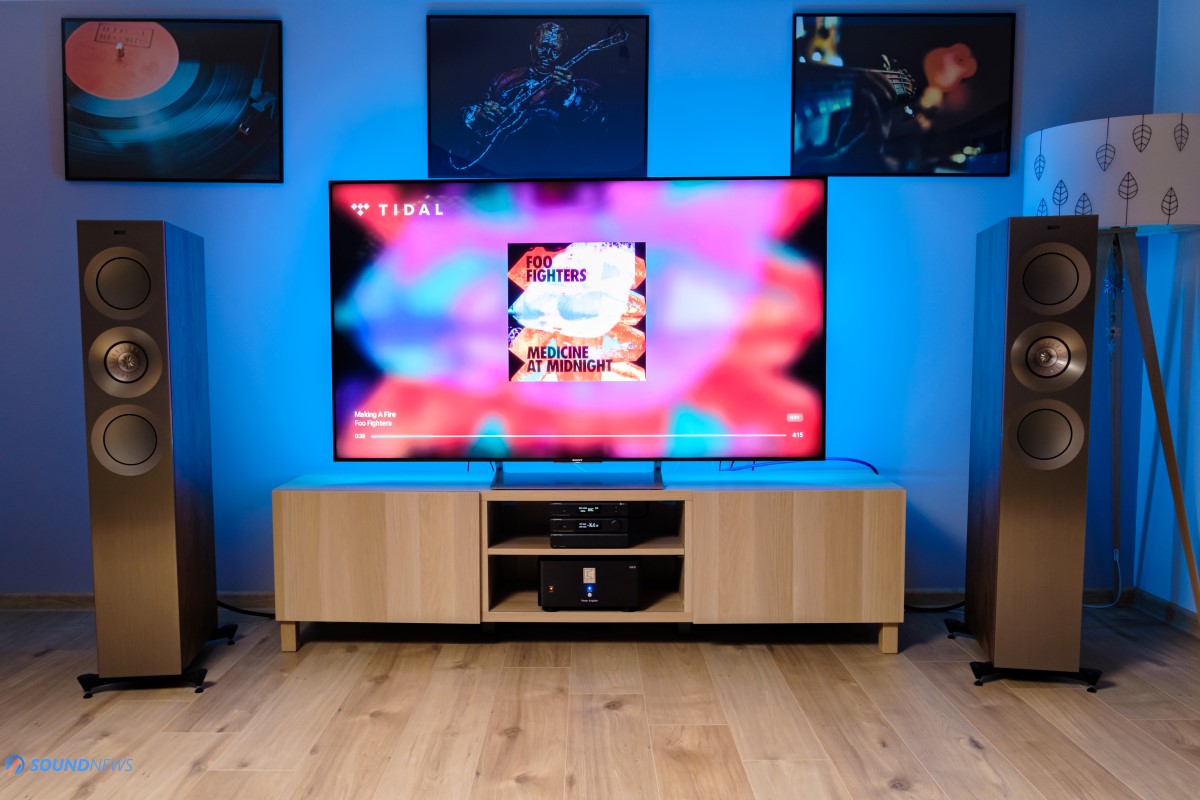
Tech inside them
The sole purpose of a pre-amplifier is to amplify the voltage it is getting, without altering the signal, without adding distortion and noise into the acoustic chain. That is easier said than done, because up to this point, only a single company could achieve a noiseless performance that wouldn’t color the sound of the source in any way, preserving the character and the signal purity of your source. That company is Benchmark Media and their such pre-amplifiers are called LA4 (pre-amplifier only) and HPA4 (pre-amplifier and headphone amplifier). As far as I know, Topping is the only company that challenged Benchmark, they wanted to have the same “invisible” pre-amplifier, that would do its job without injecting noise, distortion, artifacts or any other nasty gremlins in your setup. Pre90 is using the same Nested Feedback Composite Amplifier modules (NFCA for short) that their A90 headphone amplifier is using. I’ve explained in-depth how nested feedback composite amplifiers are working in the A90 review, so I won’t repeat myself in here. I will just briefly mention that Topping Pre90 has some of the best measurements as a pre-amplifier, with ridiculous numbers as 145 dB of dynamic range, -140 dB channel crosstalk and with a noise floor of just 0.9 microVolts at its maximum output, you will be listening to your source and to your source only, without a single trace of distortion being added into the chain.
To have a perfect channel balance, Topping used 18 high-quality Japanese analog relays and that is a very high-end design in my book. HPA4 is using the same analog relays and there isn’t a better volume control than that.
As for its actual performance as a preamp, it has a maximum input sensitivity of 9.3 Vrms and it can output a maximum voltage of 25 Vrms via RCA or 50 Vrms via its XLR output – that is high-end preamp territory if you ask me.
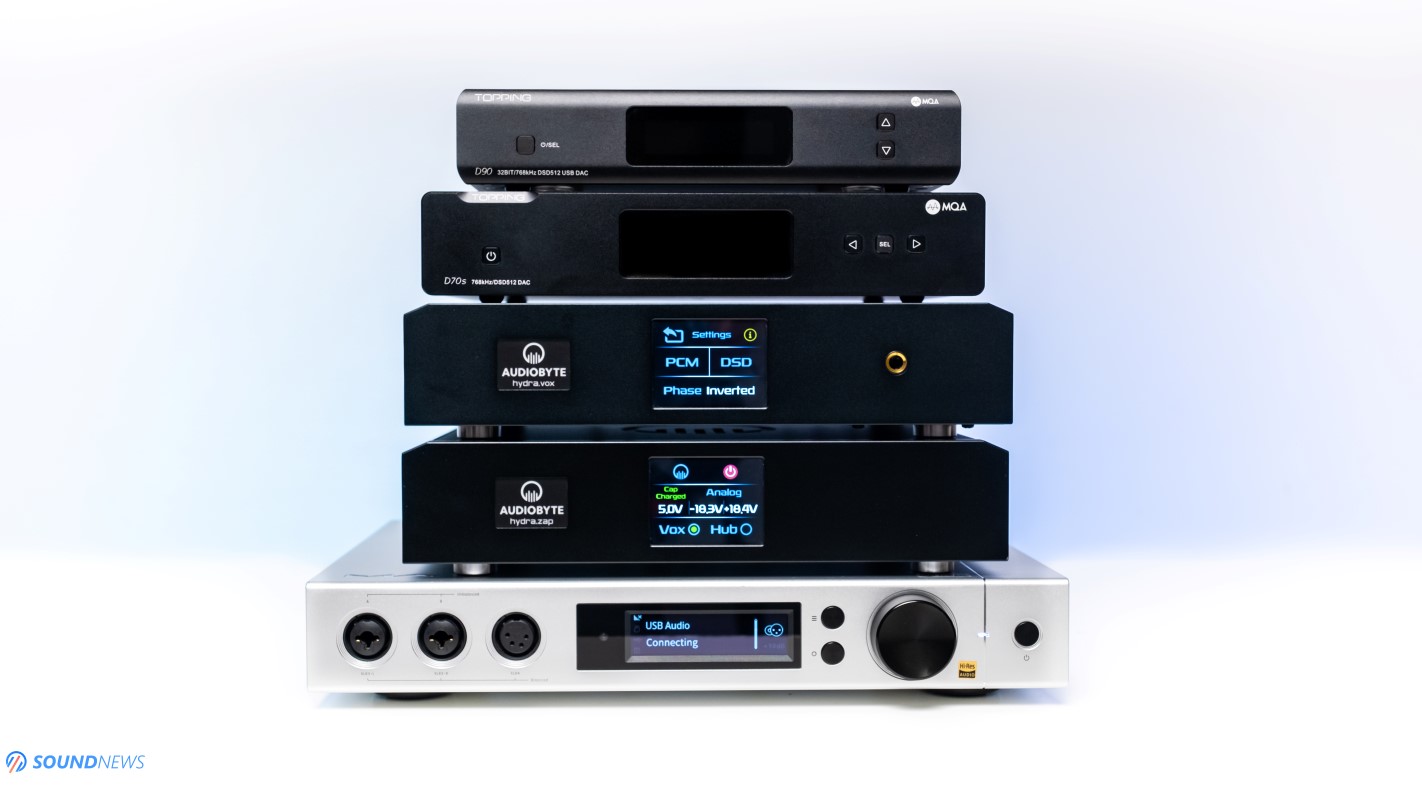
Test Equipment
Pre90 and Ext90 were connected to a Topping D90 MQA first, for a perfect family reunion. I tested them in a high-end loudspeaker setup with a Keces S300 power amplifier, driving a pair of KEF Reference 3 loudspeakers. D90 MQA was replaced several times with some other DACs like D70S MQA and I even tried some higher-end DACs like Matrix Audio Element X and Audiobyte HydraVox. Okay folks, my body is ready for some music, so let’s get some!
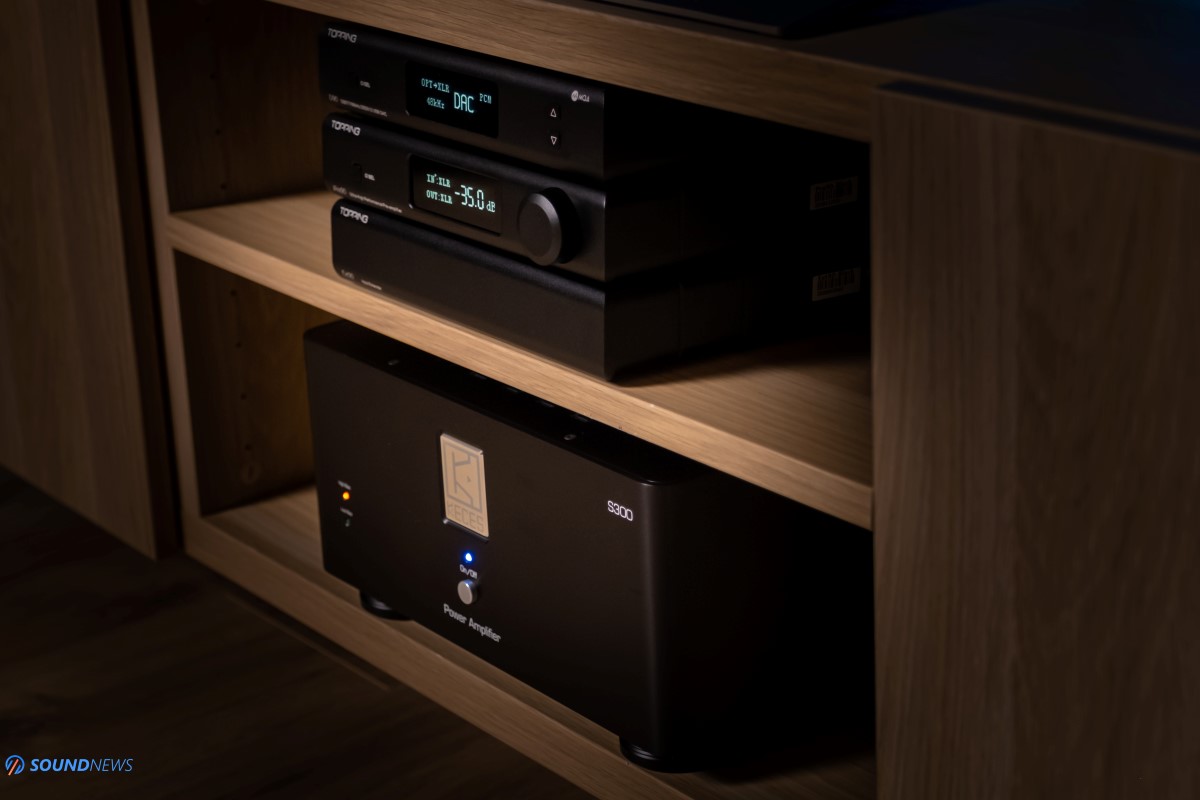
Sound Performance
I. Do you need a Pre-amplifier?
Before I’ll tell you how it performs in my stereo setup, you should understand that I’m actually listening to my whole chain and not to the preamp only. I’m listening the output of the DAC, that is pre-amplified by the Pre90 and then amplified by the S300 power amplifier, sending all those juicy watts to my loudspeakers. I have no idea how it would perform in your setup and I have no idea if you are chasing a super transparent or a colored sound signature.
The most important thing to know is that Pre90 will behave differently with different type of DACs. Some DACs have a lower voltage output and those will benefit the most out of Pre90, some DACs like Denafrips R2R DACs or Musician Pegasus, have a very high output impedance, past 1000 Ohms and those will also benefit tremendously from a dedicated preamp, since the power amp that follows will not struggle that much in raising the volume. Some DACs already have a decent output stage and a higher voltage output than usual and those units will benefit less from a dedicated preamp. From all the DACs I’ve tested of late, Gustard units like A22 and A18 DACs weren’t much better sounding with my preamp, because they already offered a stronger signal of 6 Volts via XLR. My Matrix Audio Element X isn’t going anywhere mostly because it can output up to 15V of pure analog gain via its XLR outputs, it has a true line-amplifier circuit inside and as you can guess, a DAC like that will benefit much less or not at all from a dedicated preamp.
An Audiobyte HydraVox DAC on the other hand, with its 3.8 Volts on its XLR output, will benefit greater from a preamp than a Gustard or a Matrix unit. Please take all this into consideration when shopping for a preamp, it’s incredibly important, as it really depends on what source you’re using with your power amplifier.
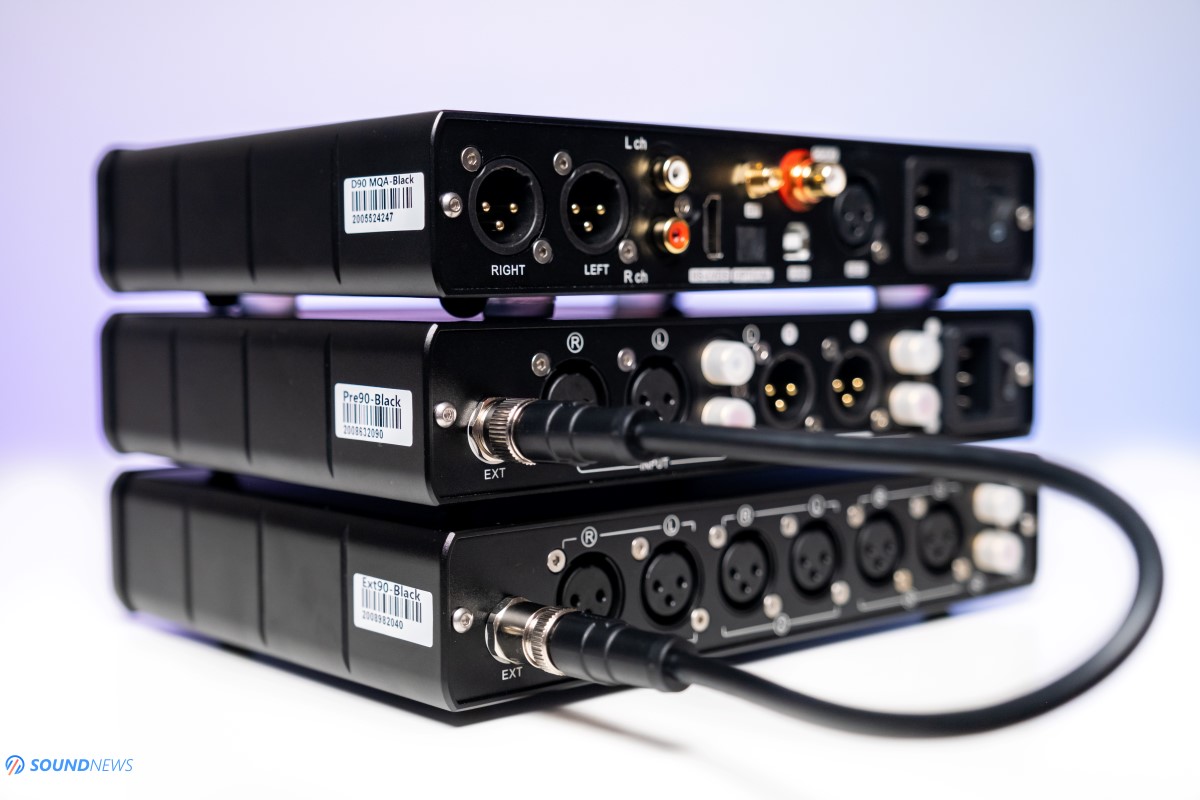
II. Topping D90 MQA + Pre90
After inserting the Pre90 in my setup and connecting it to the D90 MQA, it was clear to me that it isn’t adding its own flavor, it isn’t changing the character of D90 as I know it, it just amplifies everything I know about it, so that the power amp that follows would work less, subsequently lowering the THD for the same SPL of 85 dB in my room.
In the case of Topping D90 MQA, it doesn’t have an actual line-amplifier circuit inside, it has more like a digital-preamp or a passive preamp section if you will, so the Pre90 should considerably improve its performance if a high-end power amplifier with a great power reserve is following and of course some revealing speakers are connected to them. D90 has an output impedance of 200 Ohms via XLR – which is fairly low and an output voltage of 4V which is very common. Pre90 would be lowering its impedance to just 40 Ohms and can elevate that voltage up to 50 Vrms, which is kind of impressive. Pre90 didn’t increase the noise levels in my setup and it didn’t land an uppercut to the cleanness and overall transparency of the D90. The final result was exactly as detailed and clean, while completely changing the scale, the soundstage and the control of those metallic drivers of Reference 3.
Pre90 also added a much-needed focus, like I magically treated my room with invisible acoustic absorbers and dispersion (those are incoming, don’t panic), there was less distortion and a clearer picture in front of me. I’m listening to the latest album of Soen – Imperial (Tidal / Spotify) for a few days now, it’s a decently mastered Progressive metal album, sure enough it isn’t for everybody, but it’s right my alley. Third track sounded a little more expanded on all axes with Pre90 in the chain and all that sounded taller, like I was listening in a room with a higher ceiling. The guitar riffs felt clearer to me and more focused, I felt a clearer vibration of the cords. The track itself is quite crowded once the drums are kicking in, but with Pre90 all that didn’t feel claustrophobic at all. From a decently mastered album, Pre90 made it more manageable, more refined and certainly more impressive sounding.
The track Illusion felt warmer, I was having goose bumps with the Pre90 in the chain and it was a less emotional experience with the D90 alone. I was headbanging with my son at my side, both smiling at each other. Dad skills improved tenfold in a span of half an hour. When everything feels more focused, more controlled, but also wider and bigger, you really can’t go back listening to the DAC + power amp anymore.
Benny Green released a new album not too long ago called Benny’s Crib (Tidal / Spotify) that has an overwhelming piano starting with the second track. It is stronger in intensity, always asking for my full attention. With Pre90 in the chain, it scattered that piano and decayed it naturally. The overall performance felt speedier, airier and more refined to me and that worked as magic, as finally I could focus my attention on other things, like the drums or the cello.
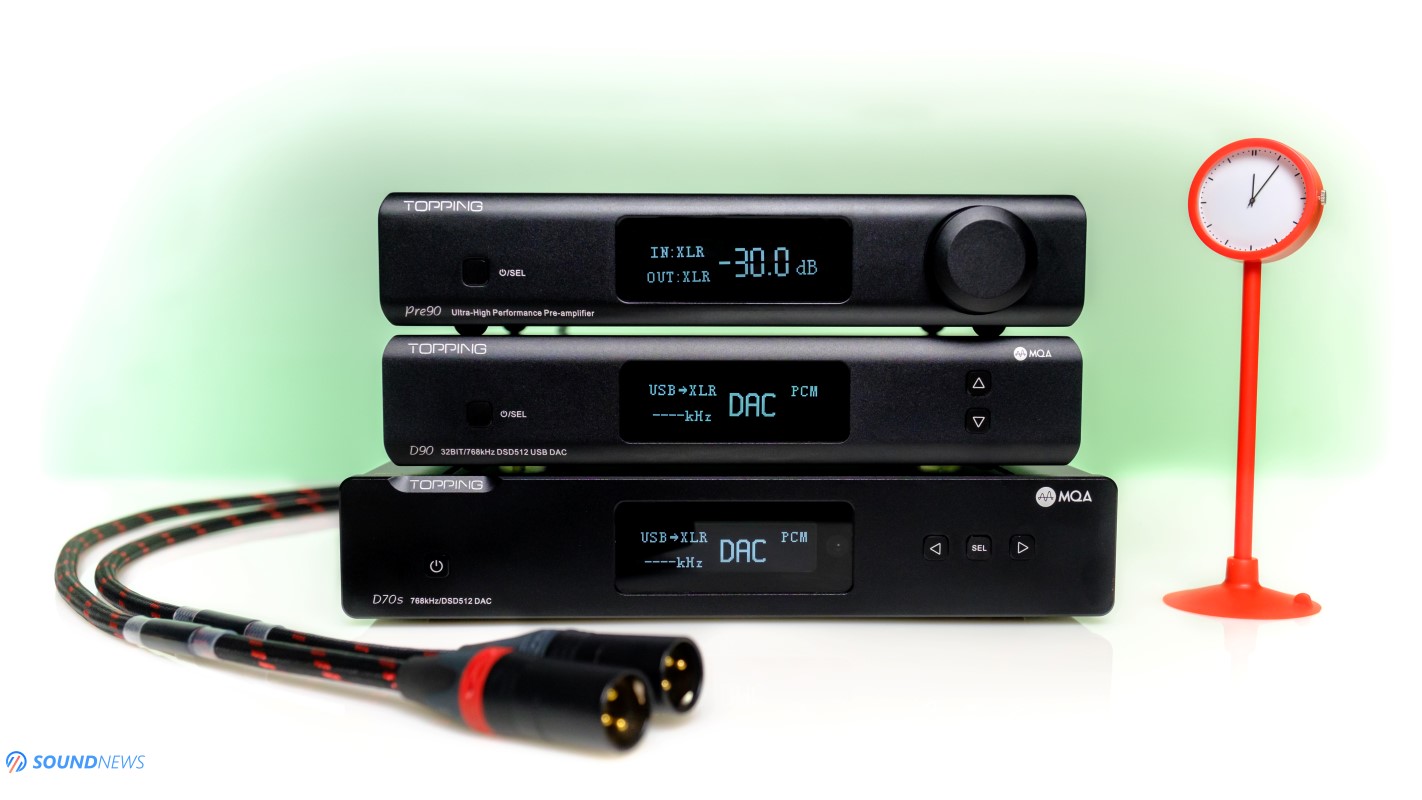
III. Topping D70 MQA + Pre90
Swapping the D90 with D70S, I immediately felt the warmer character of the D70S. Everything sounded weightier and fuller, midrange was shining brighter like the North star in the night. Everything that has to do with acoustic instruments was a delight via D70S. I’ve went full Blues and Jazz mode for the rest of the evening. In this particular setup, Pre90 again added a little bit more focus, better controlling the drivers. Interestingly enough, the soundstage wasn’t improved that much, D70S on its own is already quite impressive when it comes to stage size and depth information.
Round Again by Joshua Redman, Brad Mehldau, Christian McBride and Brian Blade (Tidal / Spotify) is an Excellent jazz album released several months ago. Give it a try, I find it exemplary in terms of technicalities and it always sparks my imagination while listening to it. The whole album sounds incredibly big in my room, with or without the Pre90 in the chain, D70S was already pushing the limits in terms of scale at less than $1000. Pre90 made the whole experience tighter sounding, adding a bit more air around each and every note. The difference wasn’t that big as it was via D90, I’m still contemplating why that is happening. Maybe a stronger signal output of 5V on D70S versus 4V on D90 plays a role in here, or maybe the warmer presentation of D70S doesn’t need more refinement and polish as D90 needed, that is also a possibility.
I can’t go with my usual reviewing process, writing in-depth about the detail retrieval, soundstage, noise floor, transient and frequency response, because the difference is not that obvious as when I’m switching DACs, amplifiers or speakers. It is a lot more subtle and I wouldn’t be surprised to know that with several DACs, Pre90 wouldn’t be improving their performance. It was clear to me that Pre90 should be used only in very revealing setups, Pre90 can’t do wonders if the rest of your chain is not on the same level. Pre90 is dirt cheap for what it is, but I find it performing pretty much like my own HPA4. It doesn’t add coloration, a thin veil is not being added on top and it doesn’t make my music slower or mellower.
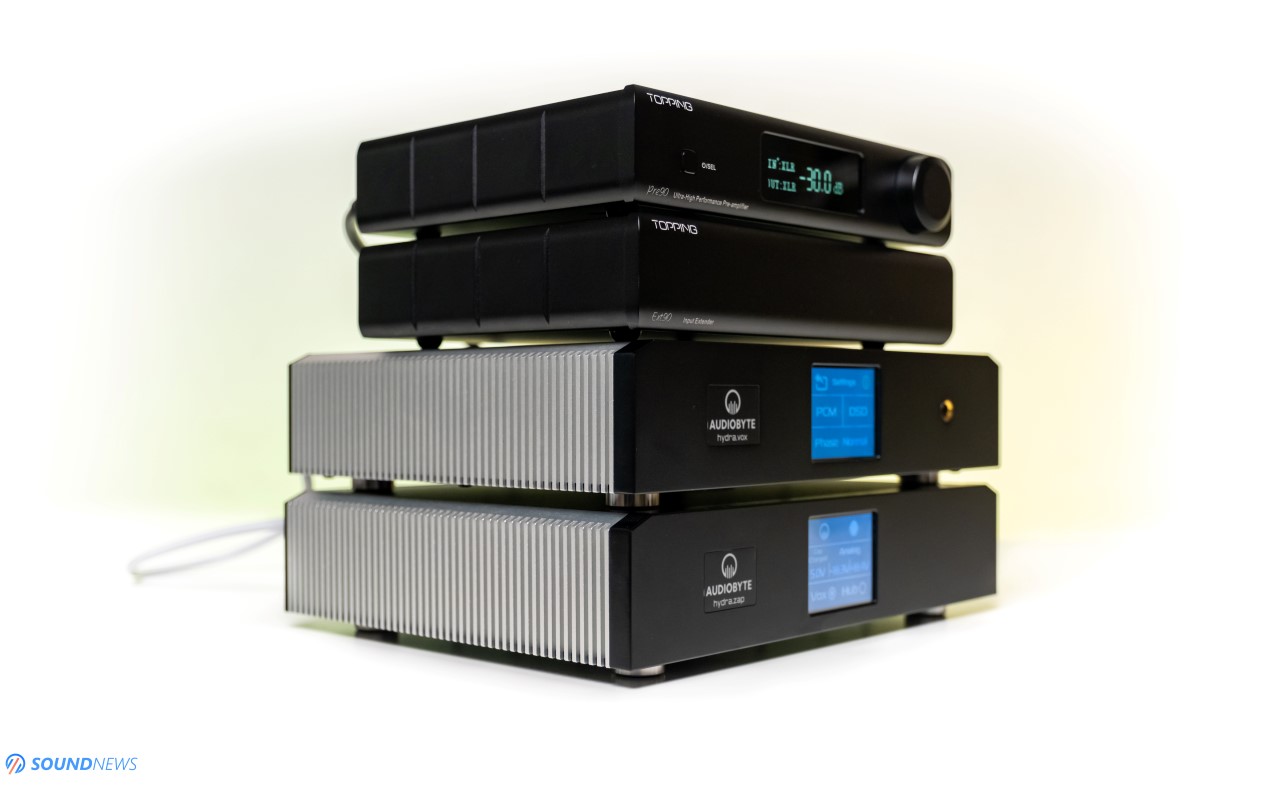
IV. Audiobyte HydraVox + Pre90
HydraVox is the most liquid sounding DAC I have ever had the pleasure of testing. Nothing came close to its flow and easiness, not even Denafrips Venus, Audio-GD R7 or Matrix Element X. Sure enough, it has a few drawbacks, its headphone amp section is not exemplary and the same can be said about its preamp section. While nothing is wrong about it, it wasn’t that hard slamming with electronic and rock music. With HydraVox, HPA4 was doing wonders in my setup and I’m feeling the same about the Pre90.
Everything I wished HydraVox would be can be solved by adding a high-performance pre-amplifier into the chain. Kick and slam returned home, speed remained the same and its easy going and liquid nature remained intact. Without the Pre90, the Vox was pushing harder the Keces S300 and the overall performance felt strained, limiting higher dynamic swings. When Pre90 was added, bass gained a higher authority and a bigger engagement factor rushed-in. Vox transformed from a great DAC, to an exemplary DAC.
Frankly, this particular setup, was the best I’ve experienced at my place. Several hours passed freezing my thoughts in a time loop, I had one cure and that was: more music to be added on the playlist. Vox with Pre90 sounded like live music, like everything is happening right now, it sounded like digital vinyl to me, without the flaws of turntables.
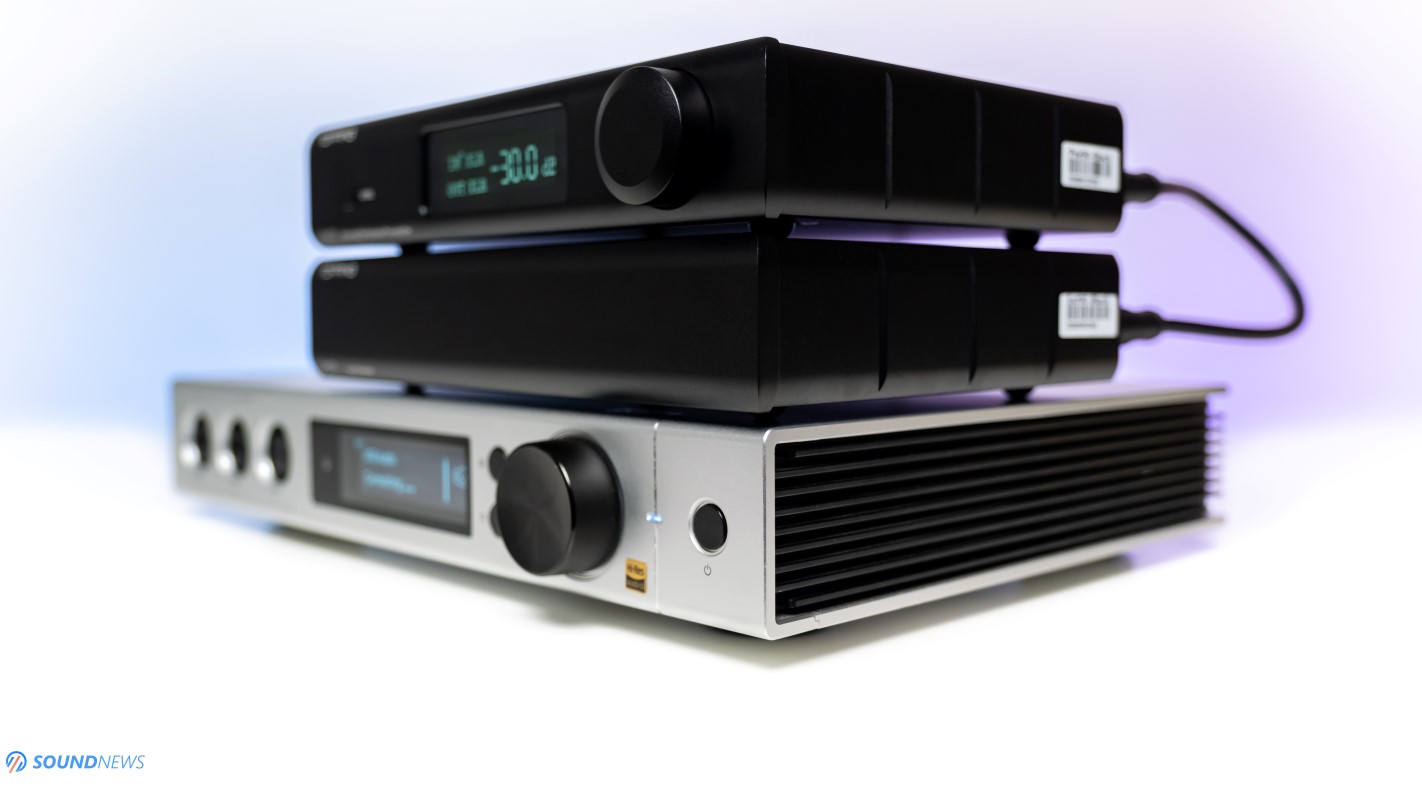
V. Matrix Audio Element X + Pre90
Now, here’s the deal, I purchased the Element X mostly because it worked as a really nice 3-in-1 device. Its Streamer + DAC + Preamp section are all very, very good. I can complain a bit about the MatrixAudio app that is sometimes glitching with my smartphone, but the digital and analog sections of Element X are top-notch. Element X does indeed have a dedicated line-amplifier circuit inside that can offer up to 15V of pure analog gain and that really works as magic with Keces S300 and it did the same with Kinki Studio EX-M7 power amplifier.
Adding the Pre90 in the chain, honestly not a lot of things are changing, everything that was clear via D90, D70S and HydraVox, became a guess game with the Element X. Personally, I wouldn’t use a pre-amplifier with Element X. Sometimes I’m using one, just for the sake of better pics and for a more “impressive” setup. But seriously now, Pre90 wasn’t improving my listening experience with this particular DAC.
As you can see, it really depends on what source are you using it with and what amplifier follows. The lesson is quite simple: if you source has a higher output impedance, say higher than 200 Ohms and offers a weaker signal compared to industry standard 2V via RCA and 4V via XLR, then Pre90 would be improving the performance of such units. There are DACs that don’t have a volume control at all, most R2R DACs are like that, with them you are limited to two options: using integrated amplifiers, or going overkill with a Preamp + Power amp. Denafrips and Musician R2R DACs do also have a very high output impedance of 1250 Ohms via XLR outputs, Pre90 would be seriously upgrading the sound of those units, it would be aiding the power amplifier and unleashing the true potential of the stereo setup.
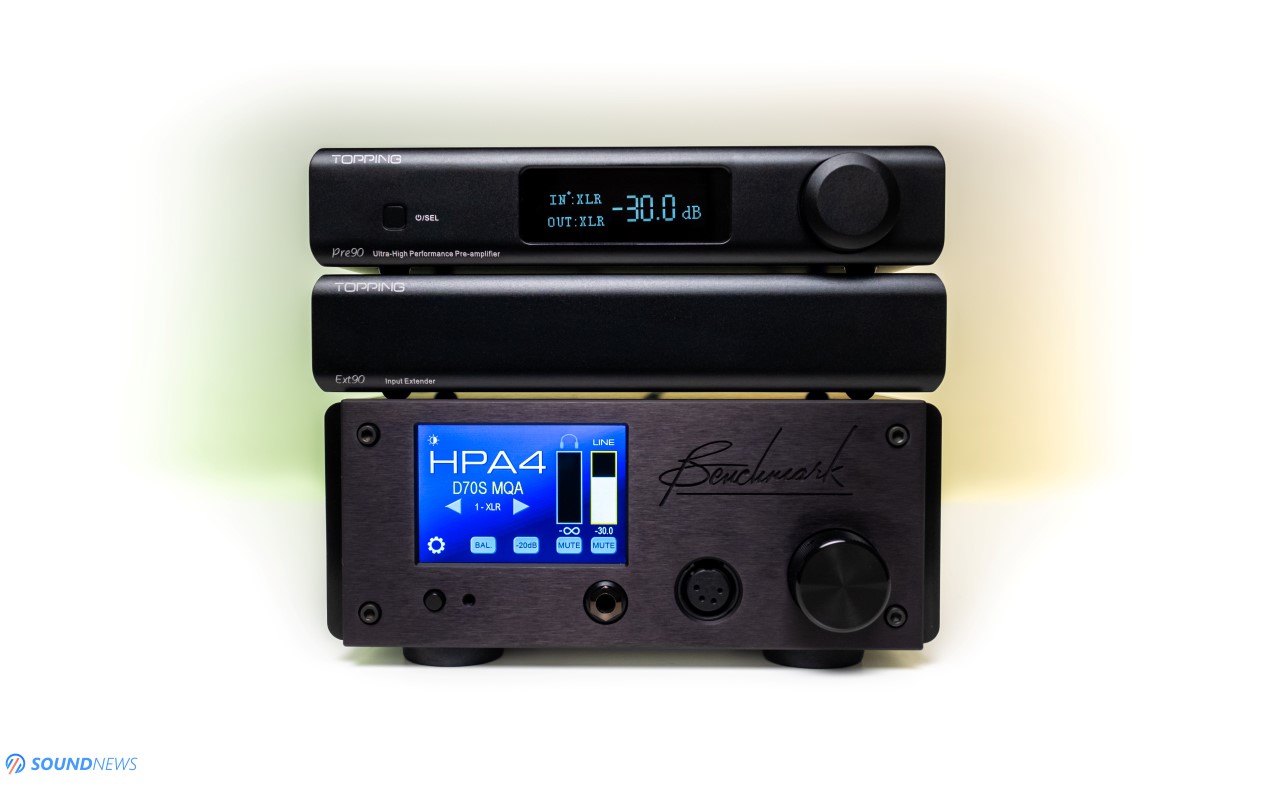
VI. A Comparison
Topping Pre90 + Ext90 ($850) VS Benchmark HPA4 ($3000)
For this test, I went back to D90 MQA and HydraVox, since with them I felt the biggest differences. Topping also provided two pairs of TCX1 balanced cables, so both preamps used the same interconnect cables, the same power cables and the rest of the chain remained unchanged.
This is a very difficult test, even for the most trained ears, I’m Golden Ears certified by Philips, still this was a super difficult task, so several music lovers gave a helping hand. Both companies had the same goal in their minds: developing a high-end pre-amplifier that would completely disappear from acoustic chain, that will boost the gain setting, without adding or subtracting anything. Both pre-amplifiers don’t have a character of their own, I find them colorless, extremely transparent and clean sounding. I’m having a strong sense of Déjà Vu right now, because it feels like I’m comparing the Topping A90 with HPA4 all over again, as I did last year. Pre90 is having the same modules of A90, but uses a more advanced relay-based volume control. HPA4 is using flagship THX-AAA-888 modules and plenty of analog relays for a perfect channel balance, so both units are quite close to each other when it comes to specs.
HPA4 can accept higher voltages compared to Pre90, since it can be used in studios and in the Pro Audio world, where audio interfaces are working with much stronger signals like 15V. Without too much fanfare, I will just mention that I find them equally clean and transparent, I’m experiencing the same amazing control of the drivers, the same airy performance, the same incredibly low channel crosstalk that improves the scale on all axis with my speakers. They are almost indistinguishable and in a blind test, I couldn’t differentiate them or guess which is which. At only 1/5 of the price, Pre90 is pretty much on the same level with HPA4. Benchmark unit still has the best graphical user interface I’ve ever experienced, with Pre90 you are not getting a colorful touch-screen and several analog outputs, but you are getting the same clean and undistorted performance. Ext90 adds several analog inputs, so the gap between them is shrinking considerably. Would I sell the HPA4 and get a Pre90 + Ext90 instead? I probably wouldn’t do that, because HPA4 has more analog outputs and it’s still my main headphone amplifier. But if you are a hardcore loudspeaker listener and if I you have one or two sources and pair of loudspeakers, then I would definitely sell the HPA4 and get the Pre90 instead.
Both units have same detail retrieval, the same transparency, same sharpness, frequency response, the same speed and impact. Soundstage is identical and depth is exactly as deep. There was just a minor difference in terms of midrange rendition, while HPA4 was always dead-neutral in its presentation, Pre90 was adding a pinch of midrange density, not by a whole lot, but enough to be detected with acoustic music.
If you ever dreamed about owning an HPA4 or LA4 by Benchmark but never had the funds, now is your chance to have the same kind of performance at a much lower price point. I remained speechless and frankly, quite impressed by the performance of the Pre90.

Conclusion
Now you know what a pre-amplifier is doing and if you need one or not. I know several people that deliberately use tube-based pre-amplifiers, so they could induce more warmth, liquidity and sweeter harmonics in their setups. Pre90 is pretty much the opposite of those units. It’s dead neutral, it’s incredibly transparent and faithful to the source, it wouldn’t change the character of your setup at all, it will just unleash the full potential of your audio source, be it analog or digital.
Very few manufacturers are putting strong output stages or line-amplifier circuits in their DACs and with all those sources, a pre-amplifier would seriously boost their performance to the next level. Since Pre90 is the definition of absolute linearity and transparency, its price point is fully justified. Considering that it stood shoulder to shoulder with a much pricier pre-amplifier, I actually find it dirt-cheap for what it did in my stereo and I’m curious how it would perform in yours.
Topping Pre90 and Ext90 units were kindly provided by Topping Audio in collaboration with Apos Audio, it can be purchased from Apos web-store by following this link (they are offering free shipping in the USA and Canada, 45-day returns in case you don’t like it, an extra 1 year of warranty and lowest price guarantee).
If you get one, please come back and leave a comment, I’m curious to know how it performs in your setup!
PROS:
- Clean smooth lines, sleek looking
- Solid build quality with its unibody case
- Lightweight and small
- Ultra-transparent and detailed sounding
- Fully unlocks the potential of your source in a loudspeaker setup
- Adds a much needed control and focus
- Linear and extended in terms of frequency response
- Doesn’t have a character of its own
- Bass is gaining a higher authority
- Excellent pace, rhythm and timing
- World-class specs and measurements
- Plenty of inputs and outputs
- A great value!
CONS:
- Not all DACs will benefit from it
ASSOCIATED EQUIPMENT:
- DACs: Topping D90 MQA, D70S MQA, Matrix Audio Element X, Audiobyte HydraVox, Flux Labs Acoustics FCN-10, Gustard X16
- Pre-amplifiers: Topping Pre90 + Ext90, Benchmark HPA4
- Power Amplifiers: KECES S300
- Loudspeakers: KEF Reference 3
- DAPs: Shanling M8, FiiO M15
- Headphone Amps: Benchmark HPA4, SparkoS Labs Aries, Flux Lab Acoustics FCN-10, LittleDot MKIII SE, SMSL SP400, Gustard H16, Burson Soloist 3X
- IEMs: FiiO FA9, FH7, FD5, Meze Rai Penta, Rai Solo, LittleDot Cu KIS & lots of other lower tiered ones
- Portable headphones: Sennheiser Momentum 2, Meze 99 Classics
- Full-sized headphones: Hifiman Susvara, Hifiman Arya, Audeze LCD-4, Erzetich Phobos, Erzetich Mania, Quad ERA-1, Ollo S4X Reference, Kennerton Wodan, Magni, Gjallarhorn, Vali, M12S
- Interconnects: QED Reference (x2), Topping TCX1 (x2)
- Speaker cables: Kimber PR8, Audioquest Type4
- Power Cables: Isotek EVO3 Premier (x3)
- USB Isolators: iFi Audio Micro iUSB3
- Balanced Isolation Power Conditioners: PLiXiR Elite BAC400
